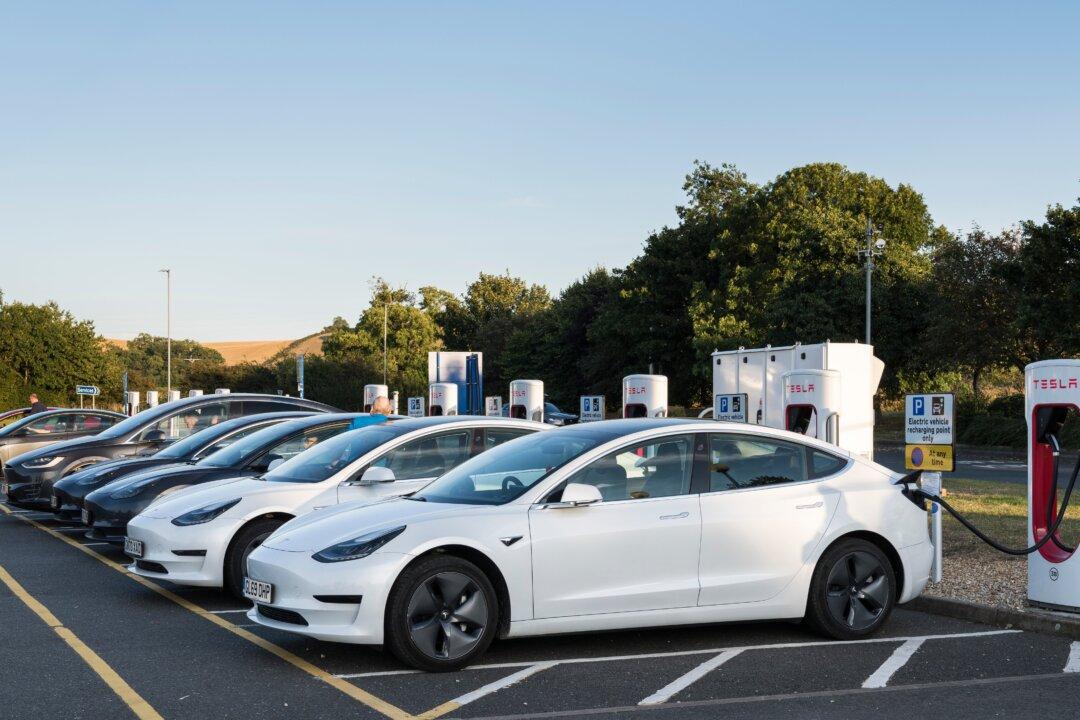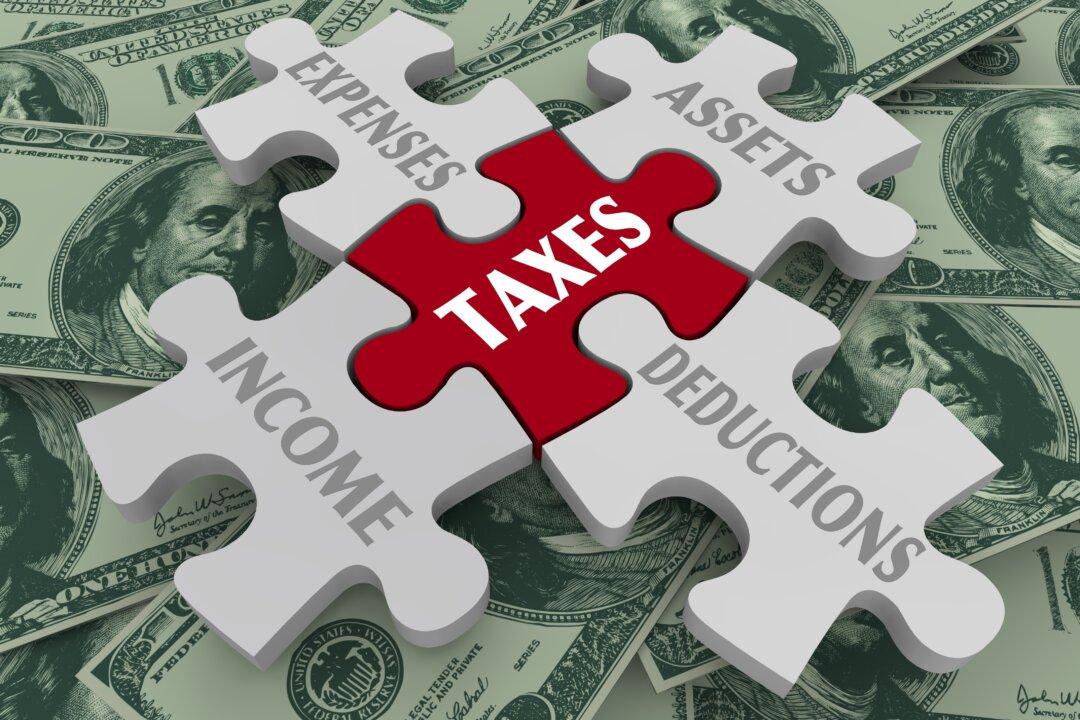There have been a lot of changes in the auto industry and the vehicle market in the past several years, especially since the pandemic. What do I mean—what changed, specifically?
- Electric vehicles (EVs) grew from a niche market, whose manufacturer was Tesla, to all leading and large auto manufacturers selling their EV branded vehicles.
- Prices of new and used cars rose precipitously during the pandemic, as supply-chain disruption created shortages of new cars.
- Besides supply-chain disruption, inflation ratcheted up labor and material costs, as well as freight and delivery costs. In addition, inflation ramped up the costs of auto insurance, maintenance, and gasoline (ICE vehicles only).
- Loans for both new and used cars became far more expensive in terms of the interest rates.
- After the initial flush and flourish first adopters got with new Tesla EVs, followed by numerous competitive “me too” EV brands, problems began to develop, and the demand fell accordingly.
Let’s deconstruct, delineate, and detail each of these in bite-sized chunks so we can contrast the car market of 2019 to the market five years hence.






